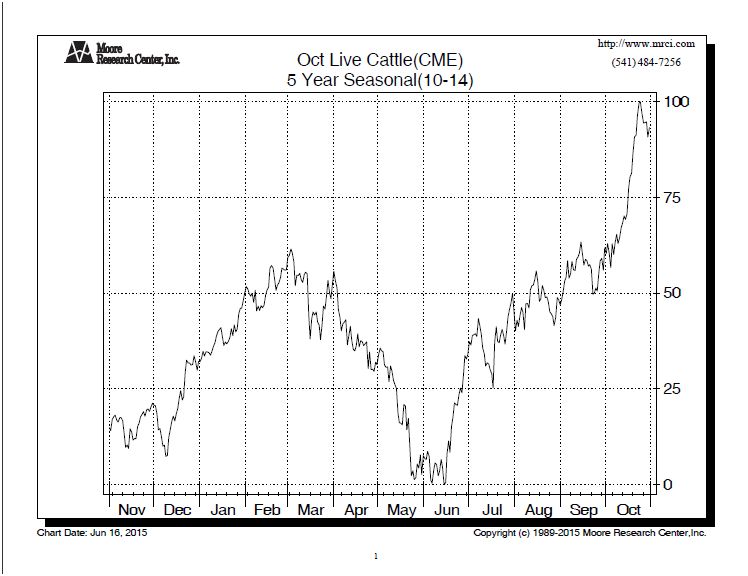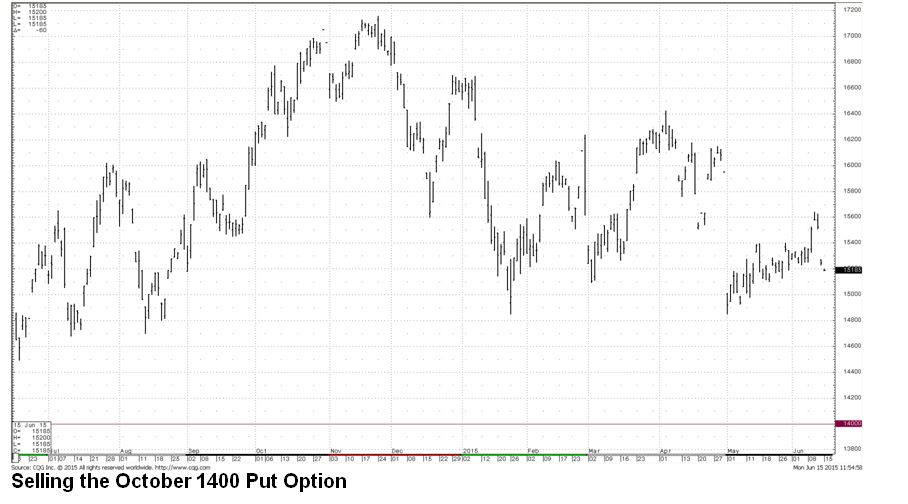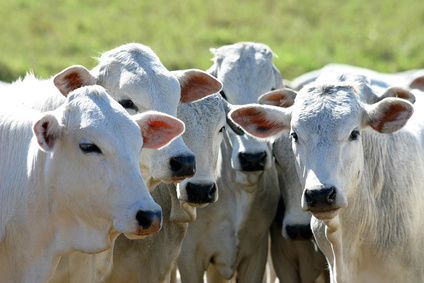Live Cattle Numbers tend to Taper off as Summer Wears On. Here is How Investors can Capitalize
While you’re tossing those steaks and burgers on the grill, you might want to consider how that meat can not only feed your picnic dwellers, but potentially put money in your pocket.
Like most commodities, the cattle market has longer term fundamental and cyclical factors that if recognized, can often be used to the advantage of the patient investor. These are the kinds of markets favored in our managed accounts and the type I recommend to individual investors hoping to profit from the commodities markets.
So while other investors spend this Independence Day fretting about the Fed, Greece and the national debt, you can potentially diversify into a market that has little to do with any of the above.
Here is how.
Understanding the Cattle Feeding and “Harvest” Cycle
Like the grain and other agricultural markets, cattle also have an annual supply side cycle of creation, growth and harvest. In fact, the seasonal cycles in cattle are based on the harvest cycle of corn and soybeans.
When a calf reaches 600-800 pounds, it is placed into a feedlot where it is fed a mix of corn, soybeans and other grains to encourage rapid weight gain.
While this happens year round, feedlots tend to place more cattle on feed during the late fall and winter months, immediately following the US corn and soybean harvests. As this is when supplies of these feeds will be highest (and prices theoretically lowest), it makes sense to have more animals in the feedlots during this time period.
In early spring, the first of these animals begin reaching target weights of 1,000 to 1,300 pounds and is then “processed” to provide your steak or hamburger.
Cattle slaughter typically peaks in May/June, and feedlots then hold minimal numbers into August when numbers are traditionally least.
This “extra” supply in May and June has tended to weaken live cattle prices into early summer. However, minimal numbers coming to slaughter after this time period means fewer head of live cattle after July. This has often been bullish for cattle prices. The seasonal chart below seems to reflect these fundamentals’ historical influence on price.

Caption: Live cattle prices have tended to weaken in the Spring and Early Summer as Feeder cattle placed in winter reach slaughter weights. However, once these animals are processed, fewer numbers are left afterwards – often a bullish influence for prices into the later summer months. As this tendency has seemed to have grown more pronounced in the past 5 years, we have included a 5 year seasonal here. However, the general pattern remains consistent on 15 and 30 year seasonal charts. (Past performance is not indicative of future results)
Bird Flu and Less Feeders
2015 has seen prices gradually (albeit inconsistency) decline into late June. While there are no guarantees that prices will behave true to seasonal tendencies this year, historically, this has been the time where cattle prices start to gain strength.
In addition, the market is dealing with a bullish April “placement” number. Placements measure the amount of cattle placed on feed. In April, 1.548 million head of cattle were placed on feed. This was only 95.4% of what they were last year at this same time. This is bullish for August and September Cattle as this is when these feeders will come to market.
In addition, cattle prices are also trading in the growing shadow of bird flu. As we mentioned in last month’s Option Seller, bird flu has been a mild yet consistent concern in the agricultural markets this spring. More outbreaks have been reported this month. Should the bird flu story start to take hold in the media (picture images of thousands of chickens being burned), it could be a boon to both cattle and hog prices as consumers “turn off” to poultry and substitute more beef and pork.
Conclusion and Strategy
There are many factors that go into price discovery in the cattle markets and we won’t pretend to cover them all here. However, the big picture (which is where we put our focus as option sellers) suggests their will be less head of cattle available in the months ahead – at least until the fall when feeders start loading up feed pens again to take advantage of new crop corn.
While the equation may not be as “neat” in cattle as other markets, lower projected supply of live head should theoretically dictate a higher price – or at the very least, keep prices from falling dramatically.
As option sellers, that is all we really need. For one of the primary benefits of option selling is that we do not have to pick where the market is going, only where it is not going.
A look at the first half of the chart below shows prices starting in June of 2014 did indeed seem to follow the seasonal tendency last year. You don’t need a repeat of such a performance to profit as a put seller this year. Even a sideways market from here through the fall will work just fine.
October 2015 Live Cattle

To that end, we suggest selling the October Live Cattle 1400 puts at premium of $400-$500 per option. To profit from this trade, cattle prices do not necessarily have to rally (although if they do, premiums will decay faster), only remain above the 1400 level through expiration.
Additional price weakness over the next 7-10 days should be an opportunity for positioning.
If you’re used to selling options on Apple, Amazon or Disney stock, crossing over to cattle may seem bit exotic. But I can tell you from experience that the money spends just as well. And cattle prices don’t much care what the Fed does, what happens in Greece this week, or how the housing market fared last month.
In this market, it’s all big picture supply and demand.
Now go enjoy your burger.
= = =
James Cordier is the founder of OptionSellers.com, an investment firm specializing exclusively in writing commodities options since 1999. OptionSellers.com offers managed option selling portfolios starting at $250,000 minimum investment. James’ market comments are published by several international financial publications and news services including The Wall Street Journal, Reuters World News, Forbes, Bloomberg Television News and CNBC. Michael Gross is director of Research at OptionSellers.com. Mr. Cordier’s and Mr. Gross’ book, The Complete Guide to Option Selling 3rd Edition (McGraw-Hill 2014) is available at bookstores and online retailers now or at a special discount through the OptionSellers.com website. www.OptionSellers.com




